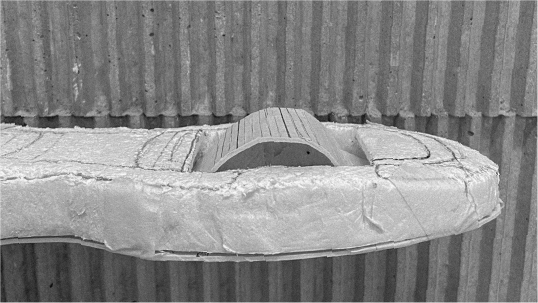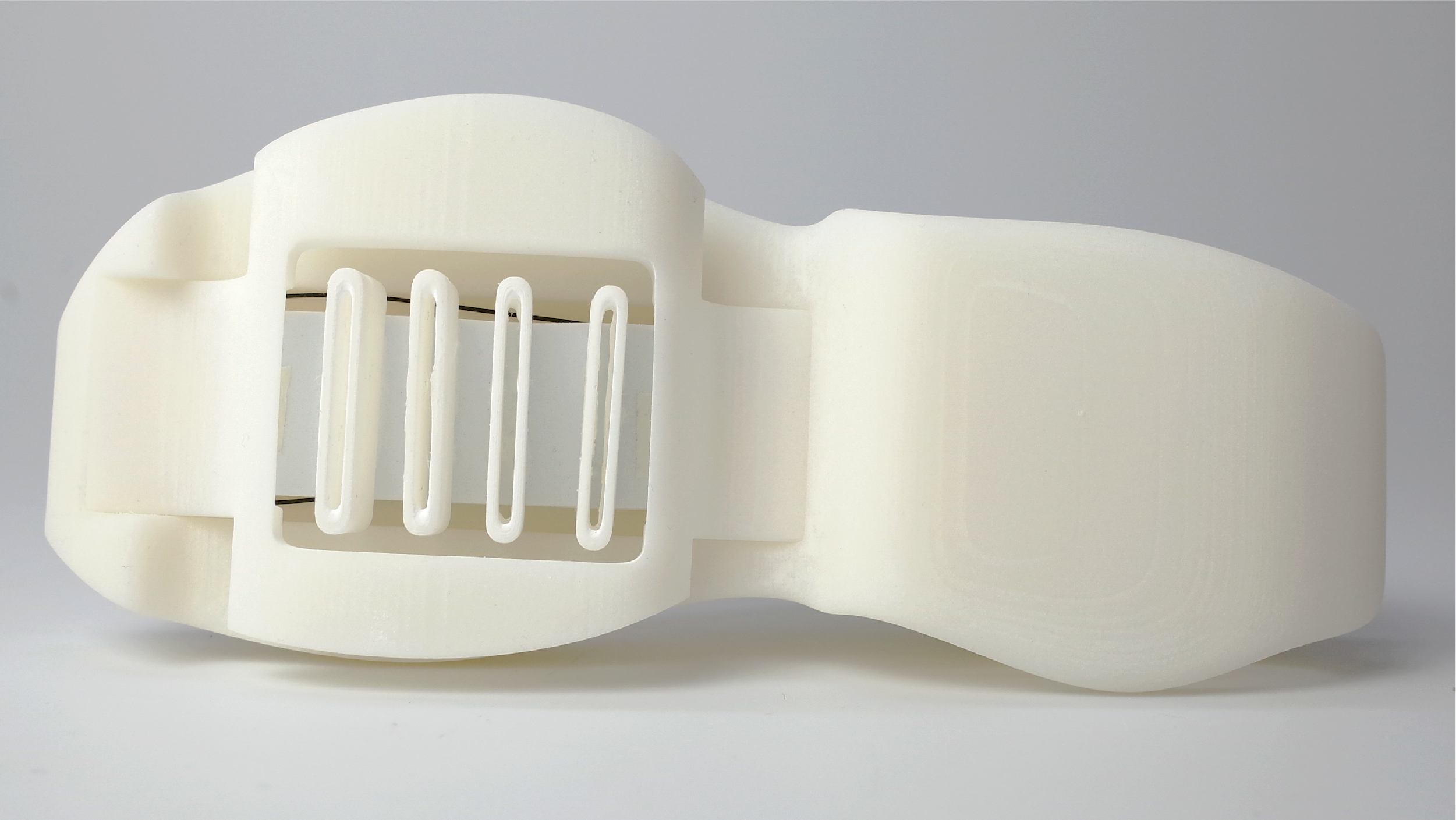•Overview
Challenge:Inspired by trail running, this project explores solutions to optimize runners' performance and protection across diverse terrains in a single journey. Approach:By innovating the internal structure, a breakthrough design was developed that allows users to seamlessly adjust frictional transitions to their specific needs, Impact:enhancing running performance and adaptability on the go.
Context
Degree Project at Lund University
Capabilities
Industrial Design, Design Research, Mechanical Prototyping
Duration
2022 (20 weeks)
•Design Challenge
Trail running is simply defined as going for a run at the heart of nature. There may be large ups and downs and it is quite often to encounter unpredictable and mixed road terrains.
How can a single pair of shoes maximize runners' performance and protection across varying terrains in one journey?
•Research
User Research
Gaining a comprehensive understanding and insights from users.
The interview questions targeted the challenges in the running process and current running shoes, aiming to understand users' pain points and expectations.



"...Steep hills and muddy roads after rain is very challenging compared to flat land...
"...Stable and grippy shoes that won't strain my feet will maintain my running performance well...
"...Grip will mainly determine whether you can turn and stop well to protect yourself...

Insight 01
Runners need adaptive grip and stability to navigate diverse terrains effectively.
Running performance is impacted by uphill and downhill terrain.

Insight 02
The grip of the shoe is a key factor in adapting to changing terrains.
Scenario Analysis
Deepening the findings by exploring further into users' behaviour.
According to the insights from the user research phase, I delved into various scenarios to analyse how grip specifically impacts runners' performance. Taking into consideration various key factors, such as foot contact area, body weight direction, and dynamic posture, I examined how the demand for friction varies on different road terrains.

Insight 03
The wireframe outlines the footwear, while color blocks indicate friction levels, emphasizing runners' need for adaptable traction and ground contact across different road conditions.
Market Analysis
Approach to identify design opportunities.
As the design direction became more defined, I initiated an analysis of current products to evaluate their capacity to meet user needs and potential problems related to running scenarios.


•
Time-consuming wearing process for user (running) journey.
•
Non-adjustable transition in time for user feedback.
•
Extra burden for user experience.
•
Unhygienic and unfriendly user interaction.
•Design Definition
How might we explore friction-adaptive solutions what for runners who, ensuring a quick journey, adjustable feedback, smooth transitions, and an intuitive interaction how across diverse terrains?
•Ideation
Concept Exploration 01
Generating ideas around insights.
By collecting inspirations and sketching, I started to generate concepts of different directions. Each concept represents a unique approach to address the design definition.

Concept Exploration 02
Bridging the gap between user and product.
With a clear direction in mind, I delved into technology research to drive the concept between the user and the product, placing a strong focus on improving user interaction.

•Concept Development
Prototyping
Translating ideas in three-dimensional way.
In order to validate the feasibility of the idea, I embarked on an experimental journey, rapidly prototyping and testing materials to precisely understand how the mechanism operates in real-life scenarios.
Form Exploration
Crafting a strong visual identity for the idea.
The whole visual story harmoniously follows the functional logic while embodying a minimalist and inclusive design approach.

•Final Design
Innovation-driven, function redefined.
The final design is an innovative footwear concept featuring adjustable outsole friction, designed to enhance runners' performance and protection across diverse road terrains.

Smart structure, massive impact.
Through exploring the midsole structure and powered by the BOA fit system, runners can effortlessly adjust the friction levels based their specific needs.




Simple rotation, robust support.
The integrated lacing system traverses the entire midsole, connecting to the rear rotating button.By manipulating the tension generated from the lacing system, the adjustment of the friction level is achieved.



•Reflection
1. Constantly exploring and experimenting.
This project has been a remarkable experience for me, as it allowed me to transform a unique and innovative idea into a practical and problem-solving solution. The journey of exploring countless concepts and engaging in mechanical prototyping has been both challenging and immensely enriching. Each step surpassed my expectations and propelled me to new heights, while also deepening my understanding of translating ideas into tangible realities.
2. Unleashing possibilities through guiding principles.
In terms of future prospects, the outcome of the open-structured design represents a new principle and marks the beginning of a new phase of experimentation. By incorporating inclusive design thinking, I envision this principle being applicable to more daily scenarios influenced by weather or environmental changes. Moving forward, my focus will be on delving deeper into the practical application of real materials in real-world scenarios.





































